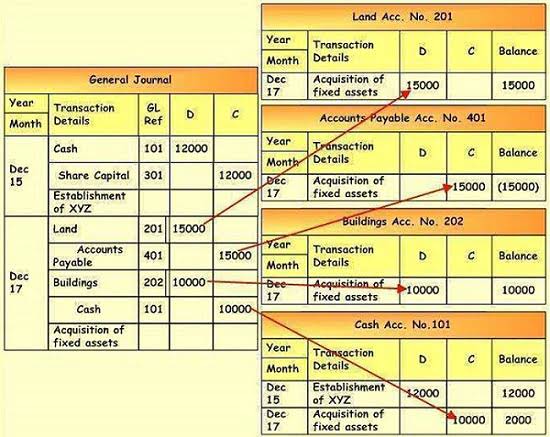
The contribution statement controls a company’s expenses by separating costs based on variability, allowing managers to decide which products perform well. It is primarily used for external financial reporting, providing a comprehensive overview of a company’s financial performance. Let’s examine how all three approaches convey the same financial performance, although represented somewhat differently. The math with creating contribution margin income statements is more.
How To Track Business Expenses: A Comprehensive Guide
This looks at sales revenue and deducts all variable costs related to producing products. The leftover reflects overall profitability better than direct or overhead manufacturing alone. It goes beyond showing your total revenue, direct material, and overhead. It provides actionable insights to fuel strategic decisions, improving efficiency and profitability for companies of any size.

Fixed costs and the segmented income statement LO4

Another income statement format, called the contribution margin income statement, shows the fixed and variable components of cost information. QuickBooks To calculate the contribution margin, you need to understand the difference between fixed costs and variable costs. In its simplest form, a contribution margin is the price of a specific product minus the variable costs of producing it. What’s left is the contribution margin, which gives a sense of how much is left over to cover fixed expenses and make a profit.
Contribution Margin Per Unit

In this section, we’re going to learn how to figure out something called the contribution margin. This is a really important number that tells a company how much money is left after paying for things that change in cost, like materials to make a product. In this part, we’ll explore what a margin means when we look at income statements. Think of a margin as a way to see how much money a company keeps after paying for what it needs to make and sell its products or services. It’s like when you save money from your allowance after buying something you want.
- As noted, contribution statements serve a different purpose than more traditional income statements.
- First, we need to understand the difference between sales and variable costs to see if a company is making money.
- For example, assume that the students are going to lease vans from their university’s motor pool to drive to their conference.
- For that, you’ll need a tool that automates data collection, accurately calculates financial insights, and produces customizable reports.
- Once you get your final figure, managers look for patterns to inform strategies with confidence.
Breakeven can a contribution margin income statement shows be computed for the whole organization or for individual segments within the organization. Or, an organization or segment breaks even when its sales revenue covers its total costs–both variable and fixed. The formulas to compute breakeven in sales dollars for the whole organization as well as breakeven in sales dollars for segments within the organization are provided below. A Contribution Margin Income Statement is a financial report that separates fixed and variable costs and then calculates the contribution margin instead of gross profit.
- After almost a decade of experience in public accounting, he created MyAccountingCourse.com to help people learn accounting & finance, pass the CPA exam, and start their career.
- You really start seeing predictive and scenario-planning of business insights.
- It helps in understanding the variability of costs, the proportion of sales that is actual profit, and when a business will start making money instead of just covering costs.
- It essentially allows finance professionals to see the forest for the trees.
And finally, the gross margin is replaced in the statement by the contribution margin. In essence, if there are no sales, a contribution margin income statement will have a zero contribution margin, with fixed costs clustered Budgeting for Nonprofits beneath the contribution margin line item. As sales increase, the contribution margin will increase in conjunction with sales, while fixed expenses remain (approximately) the same. Fixed expenses will increase if there is a step cost situation, where a block of expenses must be incurred to meet the requirements of an increase in activity levels. For example, sales may increase so much that an additional production facility must be opened, which will call for the incurrence of additional fixed costs. Traditional statements calculate gross profit margin, which is determined by subtracting the cost of goods sold (COGS) from revenue.

The purpose of this statement is to show the profitability of individual items that a company makes and sells. A contribution margin income statement, on the other hand, is a purely management oriented format of presenting revenues and expenses that helps in various revenues and expense related decision making processes. For example, a multi-product company can measure profitability of each product by preparing a product viz contribution margin income statement and decide which product to continue and which one to drop. Companies are not required to present such statements to any external party, so there is no need to follow GAAP or IAS. The contribution margin represents the amount of revenue left over after subtracting variable costs from total revenue.


